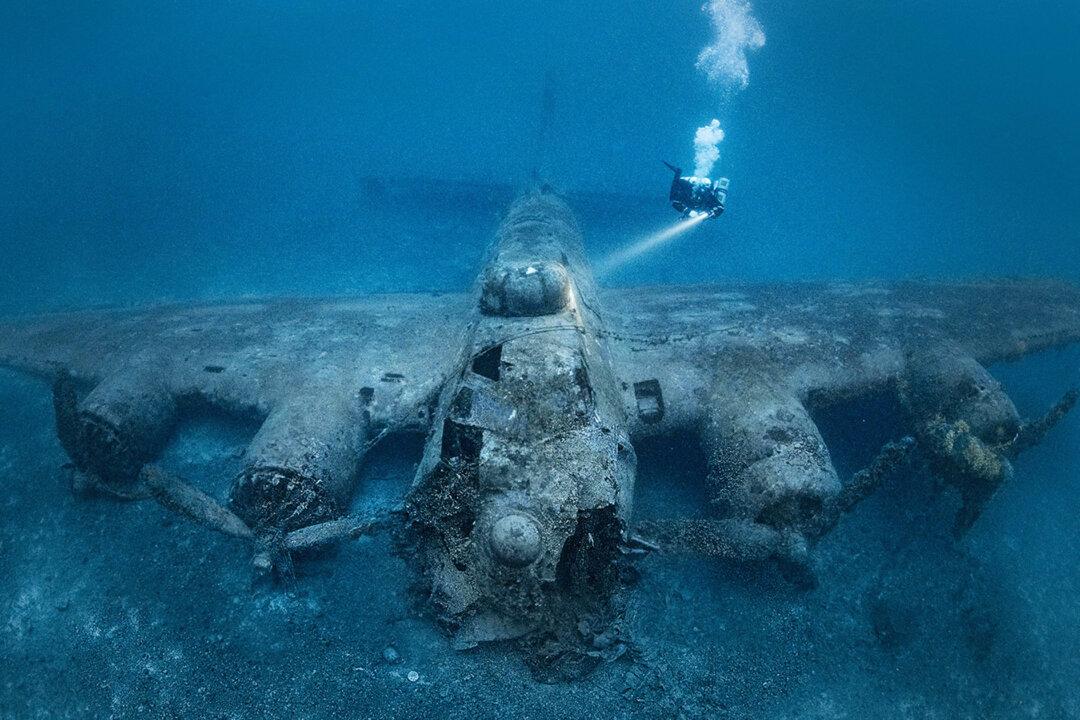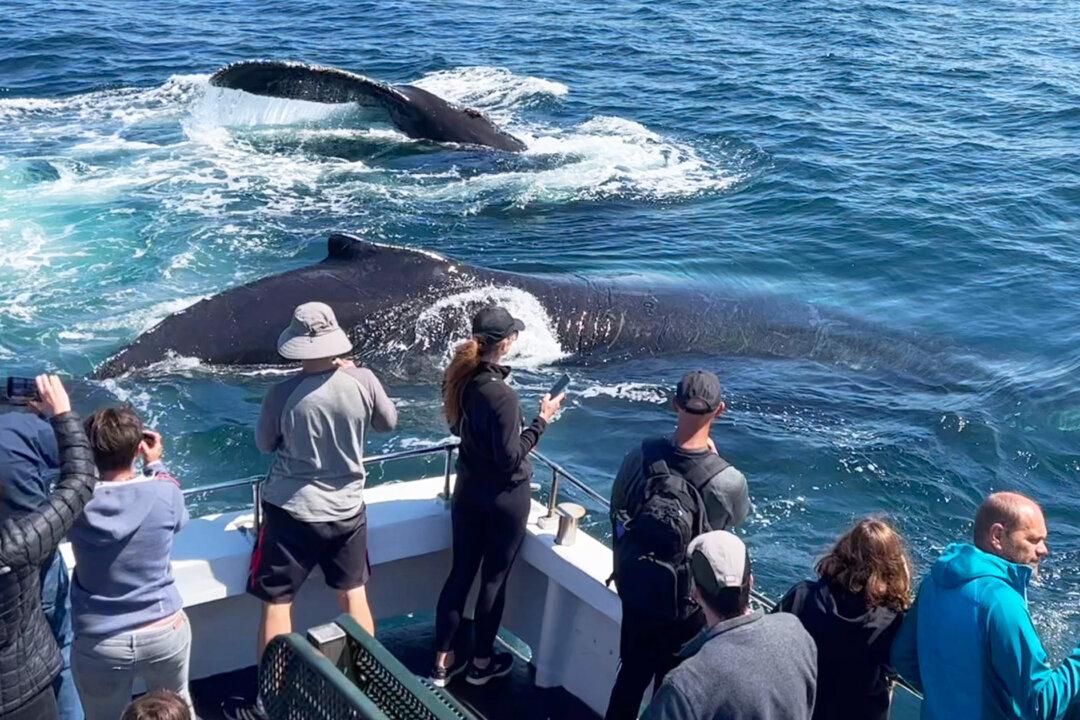A diver has taken a set of striking images showing downed WWII planes off the coast of Croatia.
One of the planes, a bomber, took its last flight in November 1944, while en route to Vienna. But before it could reach its destination, it sustained too much damage and had to be forcibly landed in the Adriatic Sea, some 50 kilometers (approx. 31 miles) from the Croatian coast.





